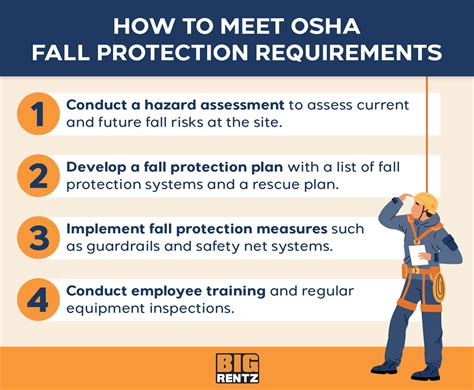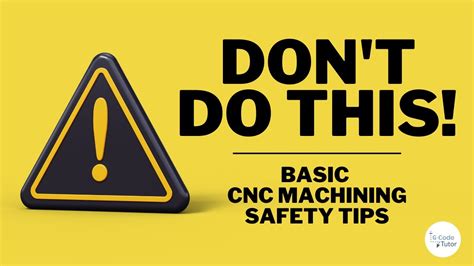cnc machine hazard classification The first step in a CNC machine risk assessment is identifying the potential hazards associated with its operation. This section will discuss common risks such as mechanical hazards, . Outdoor Electrical Box with Thermostat and Fan, Cold-Rolled Steel Plate, Aluminum Alloy Back Beam, One-Piece Ventilation Design, IP65 Waterproof, Wall/Pole Mounted. (17.8" x 14" x 7.9")
0 · safety of cnc machinery
1 · osha safety requirements for cnc
2 · osha safety for cnc machining
3 · cnc machine shop safety
4 · cnc machine safety regulations
5 · cnc machine safety problems
6 · cnc machine hazards
7 · cnc cutting machine safety
Plastic boxes generally have easy places to connect NM cable (a.k.a. Romex) but not much else. Metal boxes can be mounted anywhere. If you don't have a screw hole in the place you need, drill one.
Two primary hazards arise from CNC turning operations: Entanglement and the ejection of parts. Se-rious lacerations, fractures, amputations, or even death can occur if an . We must be aware of CNC machine hazards to ensure a secure machining environment. Read this article to find out more about staying safe in precision machining!
General requirements for machine guards. Guards shall be affixed to the machine where possible and secured elsewhere if for any reason attachment to the machine is not possible. The guard . Preventing injuries and maintaining a safe workplace includes understanding potential CNC machine hazards, providing your employees with the necessary equipment training, and establishing a mandatory company .
The first step in a CNC machine risk assessment is identifying the potential hazards associated with its operation. This section will discuss common risks such as mechanical hazards, . In machine shop environments, there are three different categories that hazards can fall into: mechanical hazards, health hazards, and other hazards. Mechanical hazards involve moving machine parts and ways that a .
Explore the top three CNC machine hazards and learn practical ways to enhance safety in manufacturing environments.Milling machines and computer-numerical-controlled (CNC) mills use moving cutters and/or move stock materials to cut shapes in materials such as metal, wood or plastic. Follow safety .
Learn about the potential hazards of CNC machines, their safety features, and guidelines that will enable you to safely work with these machines, preventing accidents in the workplace. 1. Noise. 2. Chips. 3. Moving Components or Machinery. 4. Falling Heavy Objects. 5. Heat from the Cutting Process. 1. Safety or Containment Shield. 2. Video Cameras.
Two primary hazards arise from CNC turning operations: Entanglement and the ejection of parts. Se-rious lacerations, fractures, amputations, or even death can occur if an operator contacts or becomes entangled in or between the tooling or rotating work piece. We must be aware of CNC machine hazards to ensure a secure machining environment. Read this article to find out more about staying safe in precision machining! CNC machine operators should never begin work without proper training or the appropriate personal protective equipment (PPE). Answer the questions below to share your insights on CNC machine safety.General requirements for machine guards. Guards shall be affixed to the machine where possible and secured elsewhere if for any reason attachment to the machine is not possible. The guard shall be such that it does not offer an accident hazard in itself.
Preventing injuries and maintaining a safe workplace includes understanding potential CNC machine hazards, providing your employees with the necessary equipment training, and establishing a mandatory company-wide safety program.

goodwood audio junction box
safety of cnc machinery

The first step in a CNC machine risk assessment is identifying the potential hazards associated with its operation. This section will discuss common risks such as mechanical hazards, electrical hazards, ergonomic hazards, and occupational health hazards. In machine shop environments, there are three different categories that hazards can fall into: mechanical hazards, health hazards, and other hazards. Mechanical hazards involve moving machine parts and ways that a worker’s body could come in contact with those parts.
Explore the top three CNC machine hazards and learn practical ways to enhance safety in manufacturing environments.Milling machines and computer-numerical-controlled (CNC) mills use moving cutters and/or move stock materials to cut shapes in materials such as metal, wood or plastic. Follow safety precautions when using milling and CNC Learn about the potential hazards of CNC machines, their safety features, and guidelines that will enable you to safely work with these machines, preventing accidents in the workplace. 1. Noise. 2. Chips. 3. Moving Components or Machinery. 4. Falling Heavy Objects. 5. Heat from the Cutting Process. 1. Safety or Containment Shield. 2. Video Cameras.
Two primary hazards arise from CNC turning operations: Entanglement and the ejection of parts. Se-rious lacerations, fractures, amputations, or even death can occur if an operator contacts or becomes entangled in or between the tooling or rotating work piece.
We must be aware of CNC machine hazards to ensure a secure machining environment. Read this article to find out more about staying safe in precision machining! CNC machine operators should never begin work without proper training or the appropriate personal protective equipment (PPE). Answer the questions below to share your insights on CNC machine safety.General requirements for machine guards. Guards shall be affixed to the machine where possible and secured elsewhere if for any reason attachment to the machine is not possible. The guard shall be such that it does not offer an accident hazard in itself.
Preventing injuries and maintaining a safe workplace includes understanding potential CNC machine hazards, providing your employees with the necessary equipment training, and establishing a mandatory company-wide safety program.The first step in a CNC machine risk assessment is identifying the potential hazards associated with its operation. This section will discuss common risks such as mechanical hazards, electrical hazards, ergonomic hazards, and occupational health hazards.
In machine shop environments, there are three different categories that hazards can fall into: mechanical hazards, health hazards, and other hazards. Mechanical hazards involve moving machine parts and ways that a worker’s body could come in contact with those parts.
Explore the top three CNC machine hazards and learn practical ways to enhance safety in manufacturing environments.
osha safety requirements for cnc
grand junction co 81505 2308 interstate avenue p.o box 540757

Store all of your ammo and shooting supplies in convenient Ammo Boxes and Mag Cans from Sportsman's Guide. These affordable Ammo Cans are easy to transport and keep all your .
cnc machine hazard classification|cnc machine safety regulations